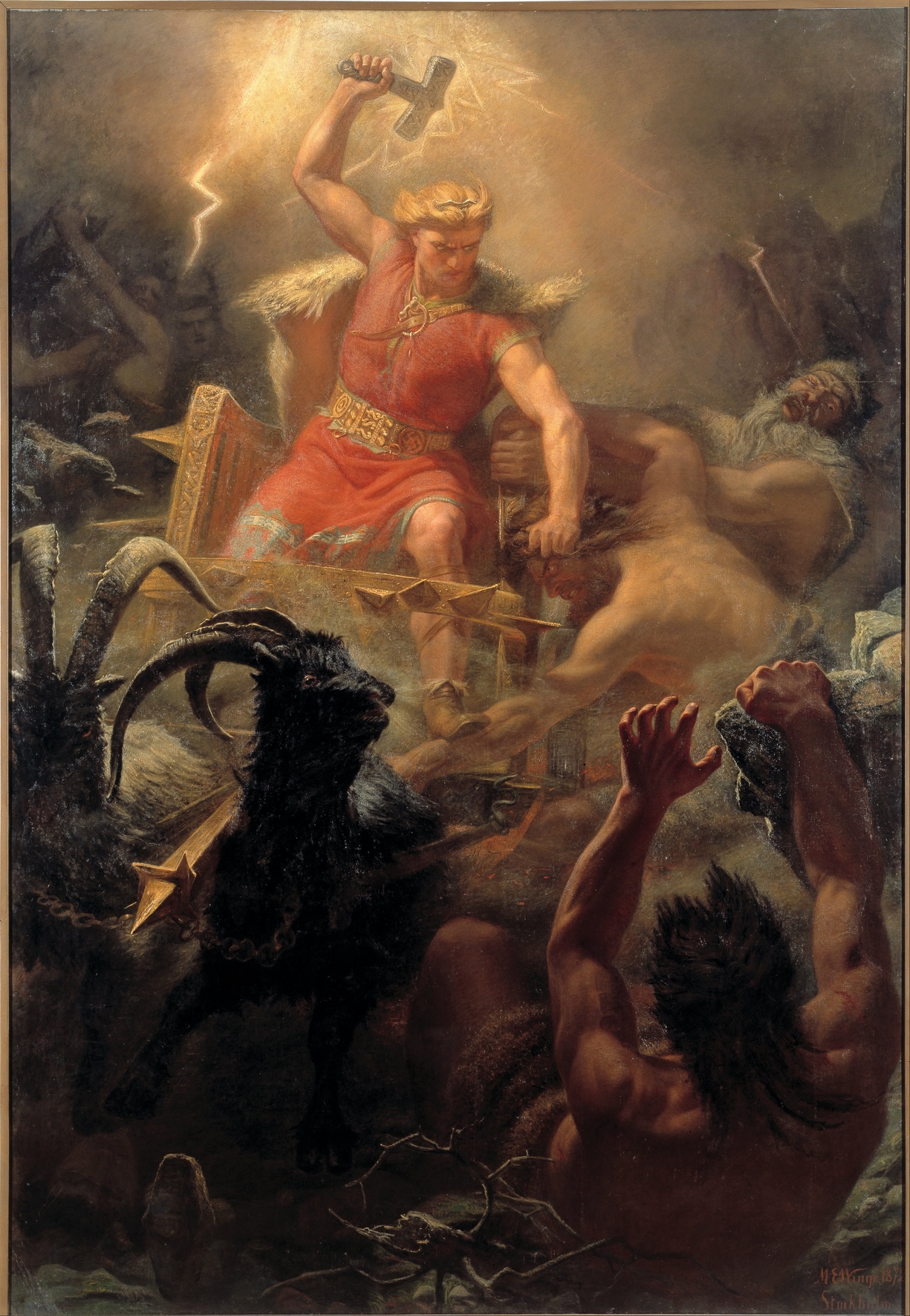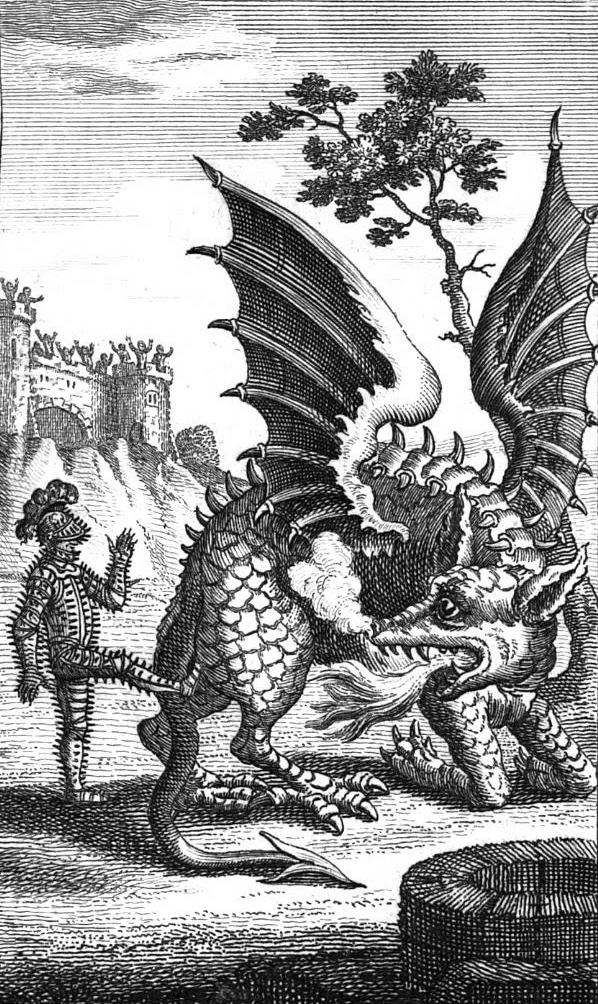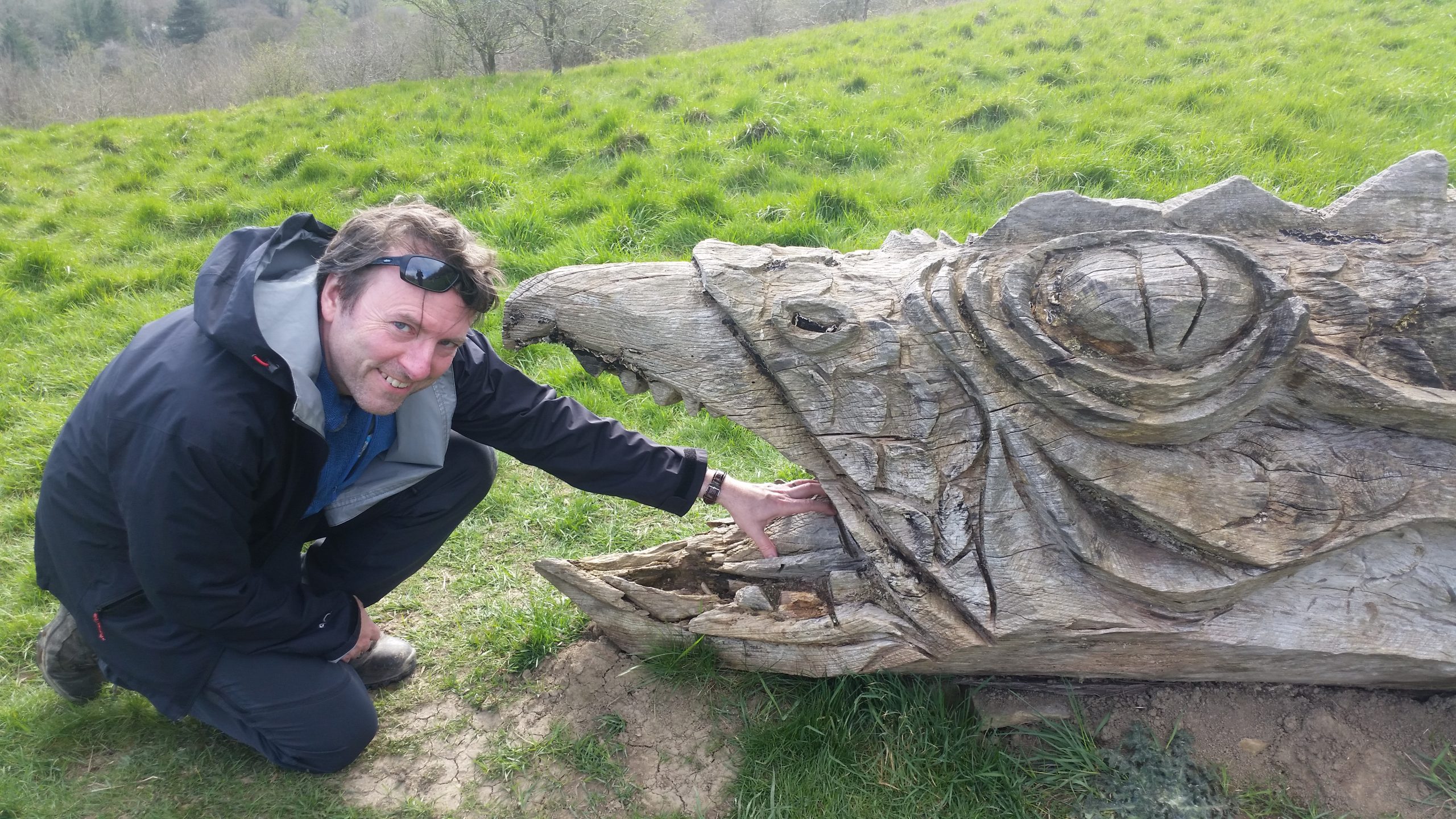A Multimedia Exploration of the Story of Vulcan, Blending Film, Poetry, Sound, Music, Art and Science
People often get confused when they use the words myth and legend. As a folklorist and co-founder of the Centre for Contemporary Legend at Sheffield Hallam University, I am often asked to explain what they mean.
The confusion is partly because they have several different meanings that have changed over time. For example, The Oxford English Dictionary defines myths as stories about divine or supernatural beings that provide an explanation for something like ‘the early history of a society, a religious belief…or a natural phenomena’. Think Celtic and Norse myths and even the UFO myth, the widely held belief that we are being visited by aliens. This is a modern example of a myth that seeks to explain happenings that we, as a society, cannot explain. Such myths are often accepted as true and sacred and are bound up in our religious beliefs.
In the past societies developed beliefs and traditions to explain and rationalise phenomena such as volcanic eruptions, earth tremors, meteorites and other celestial mysteries. That partly explains the functions of pagan deities in pre-Christian Europe. For example Vulcan represented the god of forges, fire and volcanoes for the Romans, and Thor was the thunder god for the Scandinavians.

Mårten Eskil Winge – Tor’s Fight with the Giants – copyright Creative Commons / Google Art Project
More recently myth has acquired different and often contradictory meanings. For examples journalists and broadcasters often use it to refer to a popular story or belief that is both persistent and false, such as eating carrots will give you 20/20 vision. That’s why you often hear people say ‘oh it’s only a myth’. That says a myth, by definition, is something false!
This secondary usage of myth reflects how far we have travelled from our pre-scientific past and how today our modern technological society tends to disparage myths. Today we are persuaded from an early age that mythical knowledge is illogical and contrary to reason.
But to the Romans the idea that Vulcan, a member of the pantheon of Greco-Roman gods, was associated with fire and metal-working was a perfectly logical thing to believe.
Once the link to religion is severed, as in the adoption of Christianity by the Roman Empire, divinities like Vulcan were no longer regarded as godlike. As centuries passed, stories about formerly divine beings became legends and folktales – stories that we tell but no longer believe are literally true.
Myth often gets confused with legend. A legend is simply a story about a person, place or object that exists, existed or is believed to have existed. It doesn’t matter whether it is true or false, or whether the person or place really existed or not.

Lampe – The Dragon of Wantley – plate by John June, copyright Creative Commons
A local example in Sheffield is More of More Hall. According to a 17th century broadsheet ballad this hard-drinking knight defeated the Dragon of Wantley, a monster that was destroying the countryside and eating people. Before the combat More went to Sheffield where he was fitted with a suit of steel armour, surrounded by spikes, that he used to kill the creature. As a local hero More may or may not have existed. But we don’t believe the dragon was a real creature. The story was once massively popular and became a local legend, depicted in stone inside Sheffield’s Victorian town hall.

Bickham – The Muscial Entertainer, vol.2, p.32 Moore fighting with ye Dragon, copyright Creative Commons
So back to Vulcan. Is he a myth or a legend?
Well, as a pagan god, he was part of the Greco-Roman myth. But after Christianisation his story – and that of the other pagan gods – were no longer believed. Stories about them are now legends that, together, once made up those ancient myths.

David Clarke with a sculpture of the Wantley Dragon. Photo: Carolyn Waudby
blog by Dr David Clarke, co-founder, Centre for Contemporary Legend, Sheffield Hallam University, one of Cradle of Fire’s key partners.

We’d love to hear from you as we develop the Cradle of Fire project. Please use the contact page to get in touch.
Cradle of Fire is a research and development project, supported by public funds from Arts Council England. We are also grateful for support from our partners and creative collaborators. Read more on the dedicated About pages.
Check our progress to date and future plans via the timeline